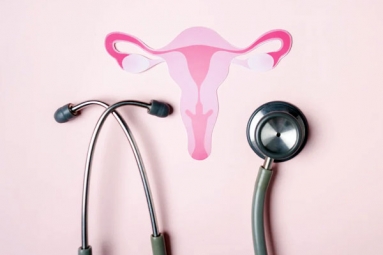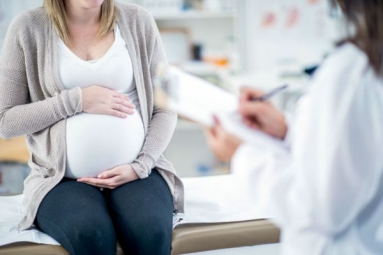
(Image source from: Yahoo)
The number of babies born through cesarean section (C-section) virtually doubled across the world between 2000 and 2015, from 12 to 21 percent of all births, according to a series of three papers published in The Lancet journal.
Although the life-saving surgery is still inaccessible for many women and children in low-income countries and regions, the process is overused in many another middle- and high-income settings, said researchers, including those from Ghent University in Belgium.
In the 10 countries with the broad number of births in 2010-2015, there were sizable differences in cesarean section use between regions.
C-section is a life-saving participation for women and newborns when complications happen, such as bleeding, fetal suffering, hypertensive disease, and babies in an abnormal position.
However, the surgery is not without risk for mother and child, and is associated with complications in future births, researchers said.
It is estimated that 10-15 percent of births medically need a C-section due to complications, suggesting that average C-section use should lie between these levels.
However, the Series authors estimate that over one in four countries in 2015 had lower levels (28 percent), while most countries used C-section above the suggested level (63 percent).
In at least 15 countries C-section use surpasses 40 percent, researchers said.
"Pregnancy and labor are normal processes, which occur safely in most cases. The large increases in C-section use - mostly in richer settings for non-medical purposes - are concerning because of the associated risks for women and children," said Series lead Marleen Temmerman from Aga Khan University in Kenya and Ghent University.
"C-sections can create complications and side effects for mothers and babies, and we call on health care professionals, hospitals, funders, women, and families to only intervene in this way when it is medically required," Temmerman said.
"In cases where complications do occur, C-sections save lives, and we must increase accessibility in poorer regions, making C-sections universally available, but we should not overuse them," she said.
The Series tracks trends in C-section use worldwide and in nine regions based on data from 169 countries from the World Health Organization (WHO) and UNICEF databases.
Globally, C-section use has accrued by 3.7 percent annually between 2000-2015 - rising from 12 percent of live births (16 million of 131.9 million) in 2000 to 21 percent of live births (29.7 million of 140.6 million) in 2015, researchers said.
The South Asia region has seen the most speedy increase in use (6.1 percent per year), with C-section being in use in 2000 but being overused by 2015 (increasing from 7.2 percent of births via C-section to 18.1 percent).
The authors found that most C-sections were in low-risk maternity and in women who had earlier had a C-section.
The United States, Bangladesh, and Brazil reported C-section to use in over 25 percent of births nationwide, but some regions within these countries used C-section around twice as much as others.
There were as well crucial disparities within low- and middle-income countries, where the affluent women were six times more probable to have a C-section compared with the poverty-stricken women, and where C-section was 1.6 times more usual in private facilities than public facilities.
The authors propose that this could be explained by relentless issues with a deficit in health facilities and staff in vulnerable and rural populations.
-Sowmya Sangam







